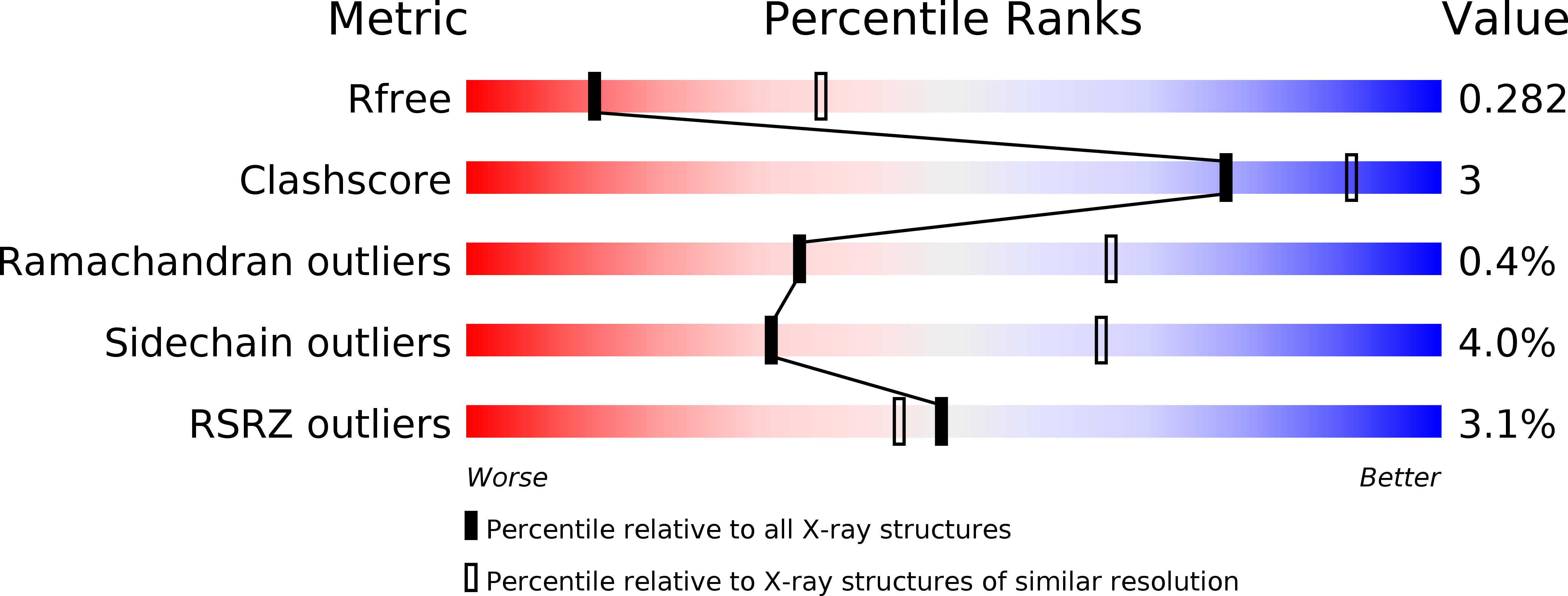
Deposition Date
2006-09-07
Release Date
2007-06-05
Last Version Date
2023-08-30
Entry Detail
PDB ID:
2IA5
Keywords:
Title:
T4 polynucleotide kinase/phosphatase with bound sulfate and magnesium.
Biological Source:
Source Organism:
Enterobacteria phage T4 (Taxon ID: 10665)
Host Organism:
Method Details:
Experimental Method:
Resolution:
2.90 Å
R-Value Free:
0.28
R-Value Work:
0.24
R-Value Observed:
0.24
Space Group:
P 21 21 2


